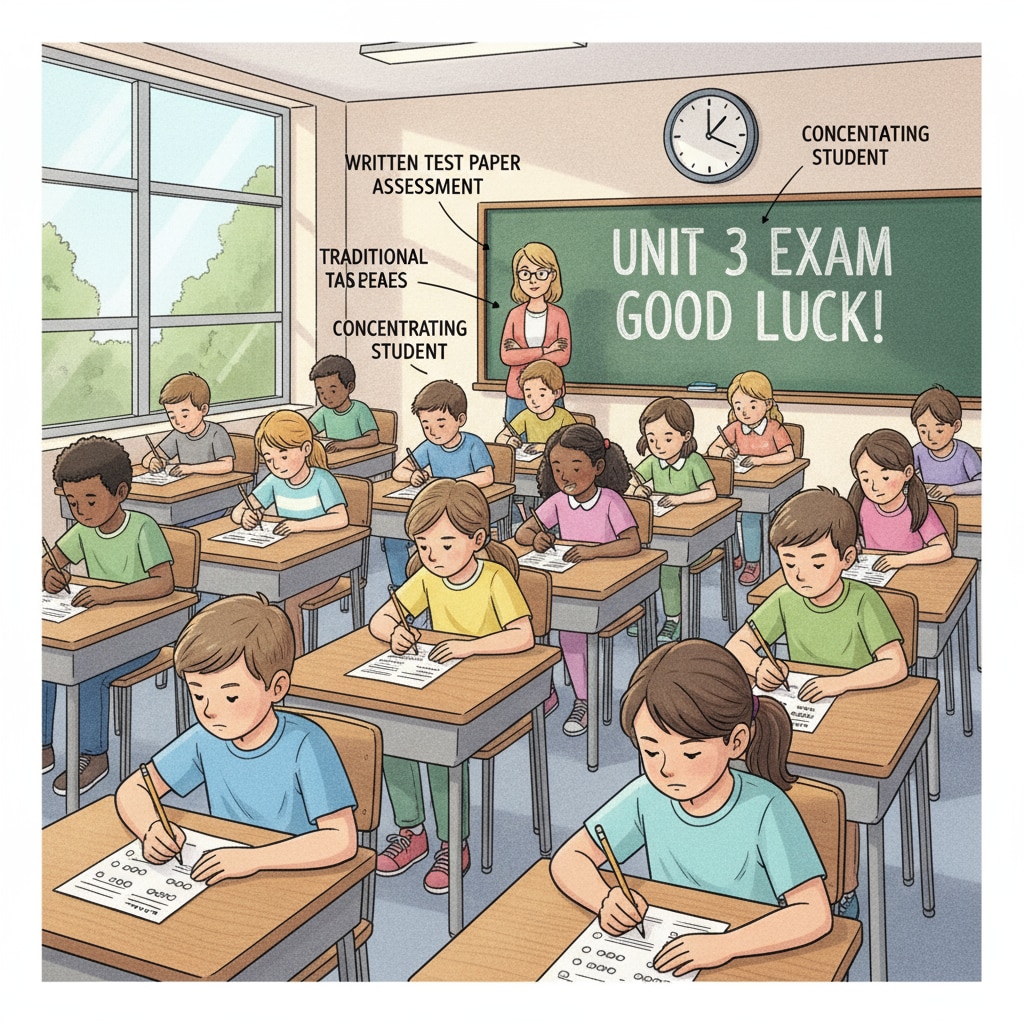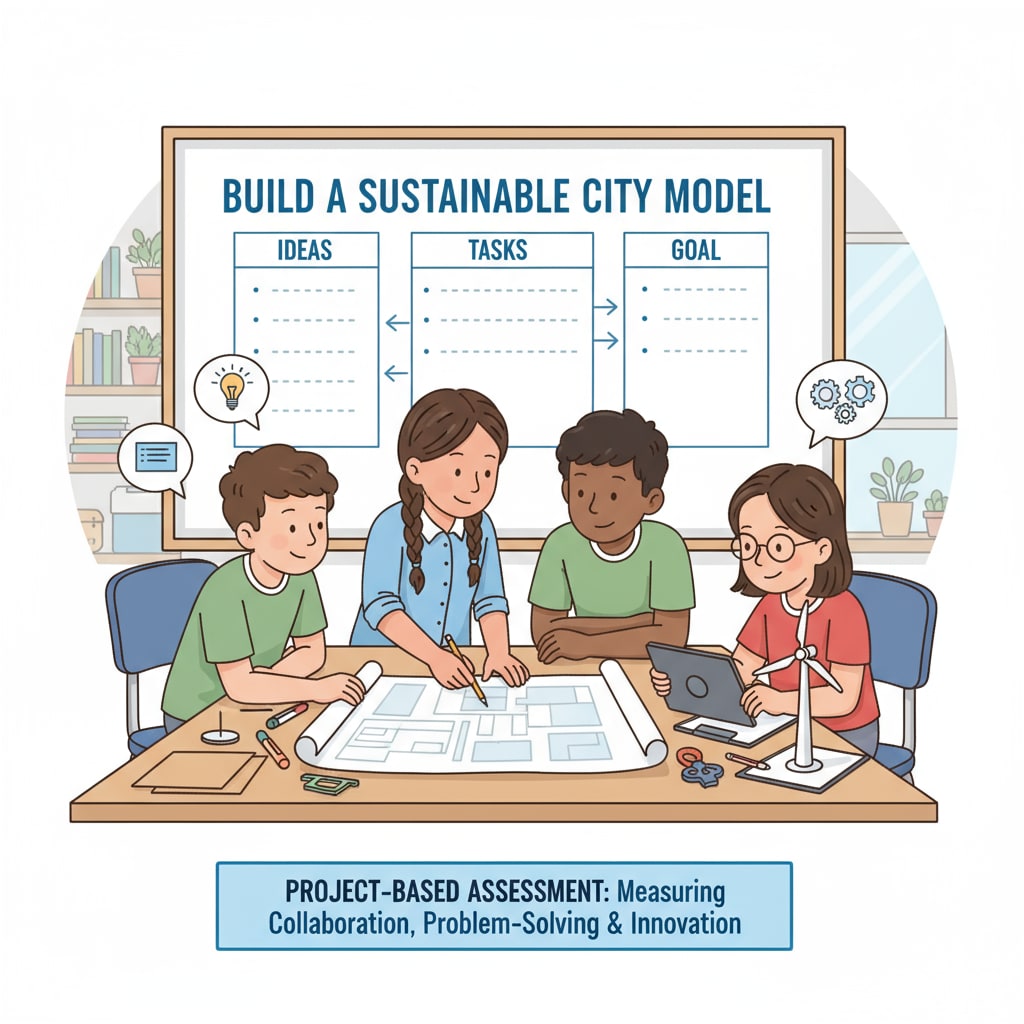Education assessment, student ability measurement, and teaching strategies play crucial roles in the field of education. In the context of K12 education, the current assessment system has long been a cornerstone, but it also has significant limitations. Traditional assessments, often centered around standardized tests and grades, have a narrow focus on academic knowledge recall rather than a comprehensive understanding of students’ capabilities.

The Limitations of Current K12 Education Assessment
The existing K12 education assessment system has several drawbacks. For example, standardized tests are usually one-size-fits-all, failing to account for the diverse learning styles and paces of students. This can lead to misjudging a student’s true potential. Moreover, the overemphasis on grades can create high levels of stress among students, discouraging them from taking risks in learning. According to National Education Association (NEA), many students experience anxiety due to the pressure of performance on these assessments.
Alternative Assessment Methods for Student Ability Measurement
To address these issues, alternative assessment methods are emerging. One such method is project-based assessment. In this approach, students work on real-world projects, which allows educators to evaluate their problem-solving skills, creativity, and teamwork abilities. For instance, a science project where students design and conduct an experiment can showcase their understanding of scientific concepts as well as their practical skills. Another effective method is portfolio assessment. Students compile a collection of their work over time, demonstrating their growth and progress in various areas. This provides a more holistic view of their capabilities compared to a single test score.

In addition to these, self-assessment and peer-assessment can also be valuable tools. Self-assessment encourages students to reflect on their own learning, while peer-assessment helps them develop critical thinking and communication skills. By incorporating these alternative methods, educators can gain a more accurate understanding of students’ abilities and adjust their teaching strategies accordingly.
Readability guidance: The key points are presented in short paragraphs and lists. Each H2 section provides a list of relevant ideas. The proportion of passive voice and long sentences is controlled, and transition words are used throughout the text to enhance readability.


